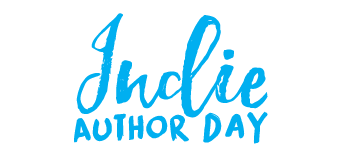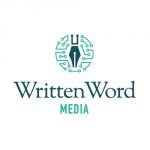What A Self-Published Author Looks Like
When you think of a self-published author, what image comes to mind?
- The star-gazing 20-something in a coffee shop?
- The retiree who finally has the time to write the story he or she has been stewing on for years?
- The professional who is trying to position him or herself as an industry leader?
- An often unheard voice finding a means to spread a message?
There are all kinds of people who choose to self-publish: a diverse spread of ideas, cultures, positions, and backgrounds make up the indie author community.
Across North America–and the globe–self-publishing is empowering new ideas and new voices for one major reason: access. With less barriers to entry and with all the credibility and infrastructure of a Big Five publisher, self-publishing is putting writers and content creators in the driver’s seat.
And if you think you know what a self-published author looks like, you might want to take a second look.
A couple months ago, our team came across a 2014 photo essay from Slate.com called “This Is What A Librarian Looks Like” which has since been adapted into a book. This collection is a visually striking depiction that subverts the stereotypical finger-waving-book-snob, a misrepresentation of who librarians are in reality.
We feel the same way about self-published authors, which is why we would love to see libraries that are participating in Indie Author Day show us what self-published authors really look like. Here’s all you need to do to get started:
1. Spread the word about Indie Author Day and that you want to feature local, self-published authors.
2. Set up a dedicated area in the library for taking photos.
A few quick tips for your photo station:
- Set up in a clearly visible area
- Make sure all staff are aware of the photo station so they can direct and assist attending authors
- Use a dry erase board or pre-printed numbers to ‘mark’ each author
- Take one photo with the number to easily identify each author then a second without (the latter to be used for uploading)
- Coordinate name/number on a spreadsheet or Word document
- Collect each author’s e-mail address so you can follow up for additional information if needed
3. The best photos are high-resolution (300 dpi). Know someone with a camera? See if he/she will volunteer to snap shots. If not, capturing photos on your smartphone is the next best option.
4. Note each author’s personal story and writing pursuits in a couple of sentences. You can add this to the same document that you use for tracking author photos.
5. Indie Author Day is calling for participating libraries to create Facebook albums with author photos and their story. This step-by-step guide can show you how.
Libraries can use these photos and stories on other channels as well: on their website/blog, social media posts highlighting individual local authors, or using a platform like PressBooks to create a physical piece.
The reality of what it is like to be an indie author is often an untold story, which is why we hope libraries will help tell that story on Indie Author Day. It is our hope that Indie Author Day gives self-published authors a voice not just on October 14, but year-round, and that each and every library feels empowered to do the same.
We also recently interviewed a handful of writers to tell us more about what it is really like to be an indie author.
Libraries participating in Indie Author Day: Keep an eye out for a video from our team about how diversity in self-publishing is creating access for unheard voices and overlooked subjects, which you can use at your library on Indie Author Day. A list of other, already announced videos are available here.


Leave a Reply
Want to join the discussion?Feel free to contribute!